1981 (Old North Durham Architecture Slides, Durham County Library)
When Oren William Belvin (1868-1937) married Caroline (Carrie) Farthing in 1890, he was a young grocer working for her family's Durham wholesale grocery and dry goods company, Farthing and Duke. By 1892, the company was called Farthing and Belvin and had moved from Main Street to the corner of Mangum and Parrish streets..
Oren Belvin, c. 1889.
Photograph courtesy of the Belvin Family.
But Carrie died, childless, in 1895, when she was only 28 years old, and, in 1897, the widowed Oren Belvin married Elizabeth (Bessie) O'Briant, the daughter of the farmer, Durham merchant, and brickyard owner, Calvin O'Briant. In 1901 Belvin purchased property at 918 N. Mangum St. from his former brother-in-law, George Coggin (Cog) Farthing, for a home for his new wife and their children--eventually four daughters (Blanco, Carrie, Elizabeth, and Joyce) and two sons (Doc Luico and James Atkins) who survived infancy.
By 1902, the growing Belvin family was living at 918 N Mangum St., in what must have been a two-story frame house similar to the still-existing Flintom house next door at 914 N. Mangum, and Oren Belvin had switched from the grocery business to horses. In the 1901 Durham city directory, Belvin lists his occupation as hostler for Herndon's Stables, then in 1903 as "horse dealer," and lists by the time of the city directory of 1905-1906 his own stables on "Holloway St. near Mangum" and gives his occupation as "teamster." But just as the bottom was falling out of the horse and carriage market, his father-in-law Calvin O'Briant died in 1905, and, by 1907, Oren Belvin had joined his brother-in-law David M. Cheek in acquiring the O'Briant brickyard business. The brick company was re-named Cheek and Belvin and, for the next twenty years, Oren Belvin listed his occupation in Durham city directories as brick manufacturer.
Oren and Bessie Belvin, in middle age.
Photograph courtesy of the Belvin family.
In 1927, in the heyday of the Cheek and Belvin Brick Company, a half-page ad appeared in the Durham city directory advertising "Tapestry Brick, Common Brick, Flue Linings, Cement, Plaster, Lime, Terra Cotta Pipe...Everything for the Mason." But in the very next year, 1928, Belvin and Cheek was sold to the Borden Brick and Tile Company, which took over the Cheek and Belvin brickyard at the end of Holloway Street and their sales office at 2713 Ashe St. During the Depression years 1929-1931, Oren Belvin listed his occupation in city directories as "saleman for Borden Brick and Tile Company." Although Durham directories show 918 N. Mangum St. continually occupied by the Belvin family throughout the 1920's, it seems likely that it was in the late 20's, perhaps even after 1928 when Belvin and Cheek had been sold to Borden, that Orren Belvin had the original frame house at 918 N. Mangum St. replaced by a brick house showcasing a solid, fire-proof construction of 14-inch thick walls of brick tiles between layers of tapestry brick. A coal chute in one of the bedroom fireplaces bearing the date 1926 or 1928 may be evidence for a late-1920's date for the building of the house.
Majestic coal chute, dated 1926 or 1928, Oren Belvin house.
918 N. Mangum St. in the 1940's. Photograph courtesy of the Belvin family.
The new two-story brick house featured a low hip roof, an unusual centrally-located Palladian dormer on the front facade, and elaborate dentil work around the cornice. The two end chimneys were brick with decorative corbelling. This photograph of the house from the 1940's shows that the front porch originally contained full-length round columns. At some point before 1981 (the date of the photograph from the Durham County Library, above), the full-length front porch coluumns were replaced by four sets of fluted round columns positioned on individual brick piers.
Oren Belvin died in 1937. A comparison of the Sanborn fire insurance maps of 1913 and 1937 shows the striking difference between the tile, brick-faced house and garage at 918 N. Mangum from the original wooden dwelling with its driveway leading back to a rear carriage house.
Sanborn insurance maps comparison: 1913 and 1937
After her husband's death, Bessie O'Briant Belvin and her family continued to reside in the house for eight years. The Durham census of 1940 shows her living at 918 N. Mangum St. with a son, a daughter, three grandchildren, a lodger who managed a tobacco warehouse, and an African-American cook named Lillie Christmas (born in 1885 in Tarboro to Henry Christmas and Lizzie Carrol). After Bessie Belvin's death in 1945, her heirs sold the property to an elderly Durham physician, Dr. Edwin Holt Bowling, and his third wife, Ada Hesse Bowling.
Edwin Holt Bowling, born in 1868, was one of the more than a dozen children of Captain William Bowling (1817-1907), a former Confederate soldier, prosperous farmer, and gristmill owner from Red Mountain (later Rougemont). Edwin, named for the Bowling's family physician, Dr. Edwin Holt, was educated at Wake Forest and at The College of Physicians and Surgeons in Baltimore (the precursor to Johns Hopkins University). By 1904, he had established a medical practice in Durham. Dr. E.H. Bowling, M.D. played a prominent role in Durham medical, political, and business history for decades. Although best known for his role in treating and writing about the disease of pellagra among his millworker patients (in the Durham city directory of 1924, Dr. Bowling's listing incuded the word "Pellagra" in bold type next to his name), he also served in 1903-04 as deputy tax collector for the city of Durham, in 1907-08 as an alderman, ran as the Republican candidate for the NC Senate in 1910, started the Bowling-Emory Knitting Mill (1916-1919), and invested in real estate all over the city.
Dr. Edwin Holt Bowling, c. 1910
Dr. Bowling was widowed for the second time in 1936. He had lived in numerous residences throughout his family life in Durham and had changed medical offices almost as frequently as he and his family changed houses, but he was living with the youngest of his five sons, Dr. Howard Bowling, at 1224 Miami Blvd. and practicing medicine in an office near his son's dental office in the Depositors National Bank Building, 123 West Main, when in 1940, at the age of 72, he married Miss Ada Hesse, age 59.
Ada Hesse was the oldest of the 11 children of Celia Christopher Hesse (1862-1900) and Julius Addison Hessee (1856-1943) who owned a furniture store at 206 N. Corcoran St. and later at 407 N. Mangum St. By 1925, Ada had acquired a business of her own, becoming proprietress of a well-known 12-room boarding house at 202 N. Roxboro Rd. called The Afton Inn. In the 1929 Durham city directory, her younger divorced sister, Nettie Hessee McClenny, is listed as a resident there, and the 1930 census lists Nettie and her four daughters living in The Afton Inn with Ada and her seven paying lodgers.
Given Ada's boarding house experience, the Bowlings may have purchased the brick house at 918 N. Mangum St. in 1945 with the idea that they might convert it to a boarding house, as owners of several other homes on Mangum St. had already done. But in 1946, only a year after acquiring the Belvin house, Dr. Bowling died suddenly of a heart attack. That date,1946, is inscribed on a still-existing mosaic plaque bearing the name "Kenloe Manor" that was embedded in the front yard of the property.
"Kenloe Manor," a cement mosaic enlaid next to a post of petrified wood in the front yard of 918 N. Mangum St.
"1946," detail from the Kenloe Manor cement plaque.
It was not, however, until 1952, six years after Dr. Bowling's death, that Ada Hessee Bowling first advertised in the Durham city directory that "furnished rooms" were available to rent at 918 N. Mangum St. Ada Bowling continued to rent rooms there until her own death in 1960. Ada's sister Nettie (and Nettie's second husband, Eugene Howard) then lived in the house and continued to run the property as a boarding house until Nettie's death in 1965, when the ownership of the house descended to Nettie's four daughters.
In 1967, the property was sold to Nina Jannetta, whose father Pete Jannetta had acquired and repaired the neglected old Flintom house next door. Nina Jannetta Rota and her husband Samuel P. Rota, a carpenter by trade like her father, raised their family at 918 N. Mangum St., then sold the house in 1981 to an electrician named Frank L. Byrd, who lived in the house until 1994. After 1994, the Oren Belvin house, now a boarding house named Kenloe Manor, changed hands three times more and then was left empty and abandoned before it was purchased in August, 2003 by the present owners.
The new owners of 918 N. Mangum St. took on the challenge of painstaking renovation of the house, converting it back to a single-family dwelling, removing decades of sometimes makeshift later additions (like the small upstairs kitchen that had been added for the use of second-floor lodgers), and restoring original architectural features--such as the old glass-fronted kitchen cabinet that they discovered in one of the boarding house bedrooms.
Glass-fronted cabinet, after restoration to kitchen of Belvin house.
By May, 2004, the owners had received a Pyne Award of the Historic Preservation Society of Durham for their determined renovation efforts. Carrie Mowry, in her Herald-Sun article of May 29, 2004 about the Pyne Awards, praised them for "careful and artful consideration" in melding the original 1920's interior with their own aesthetic.
918 N. Mangum St., downstairs hall. 2021.

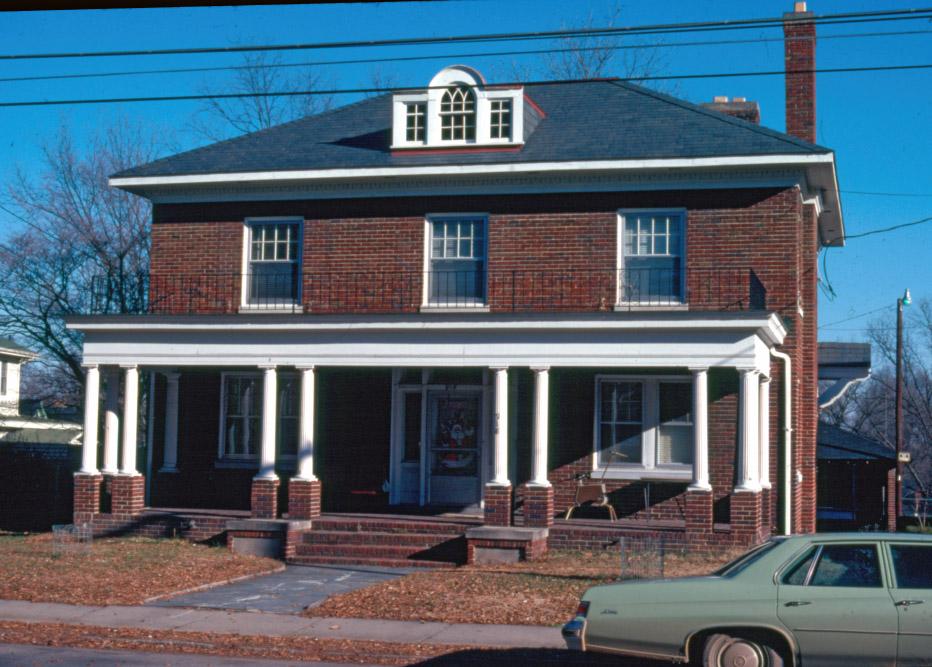
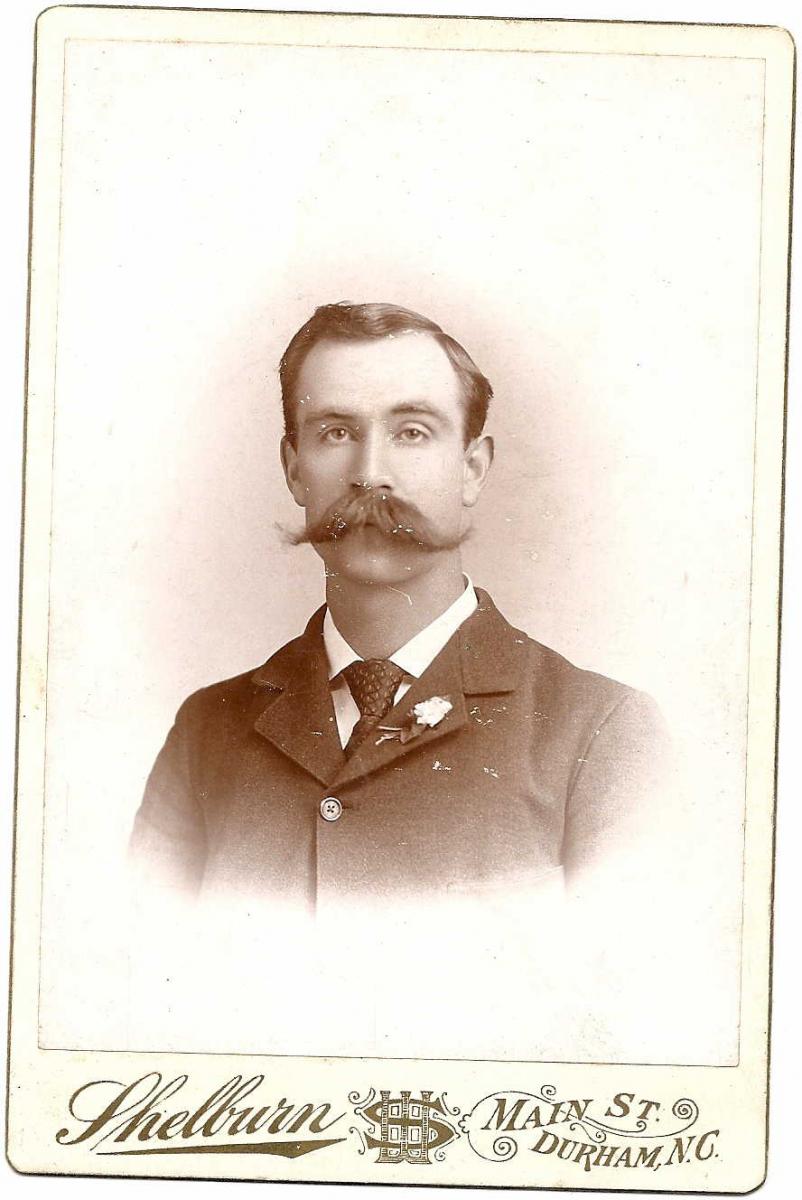
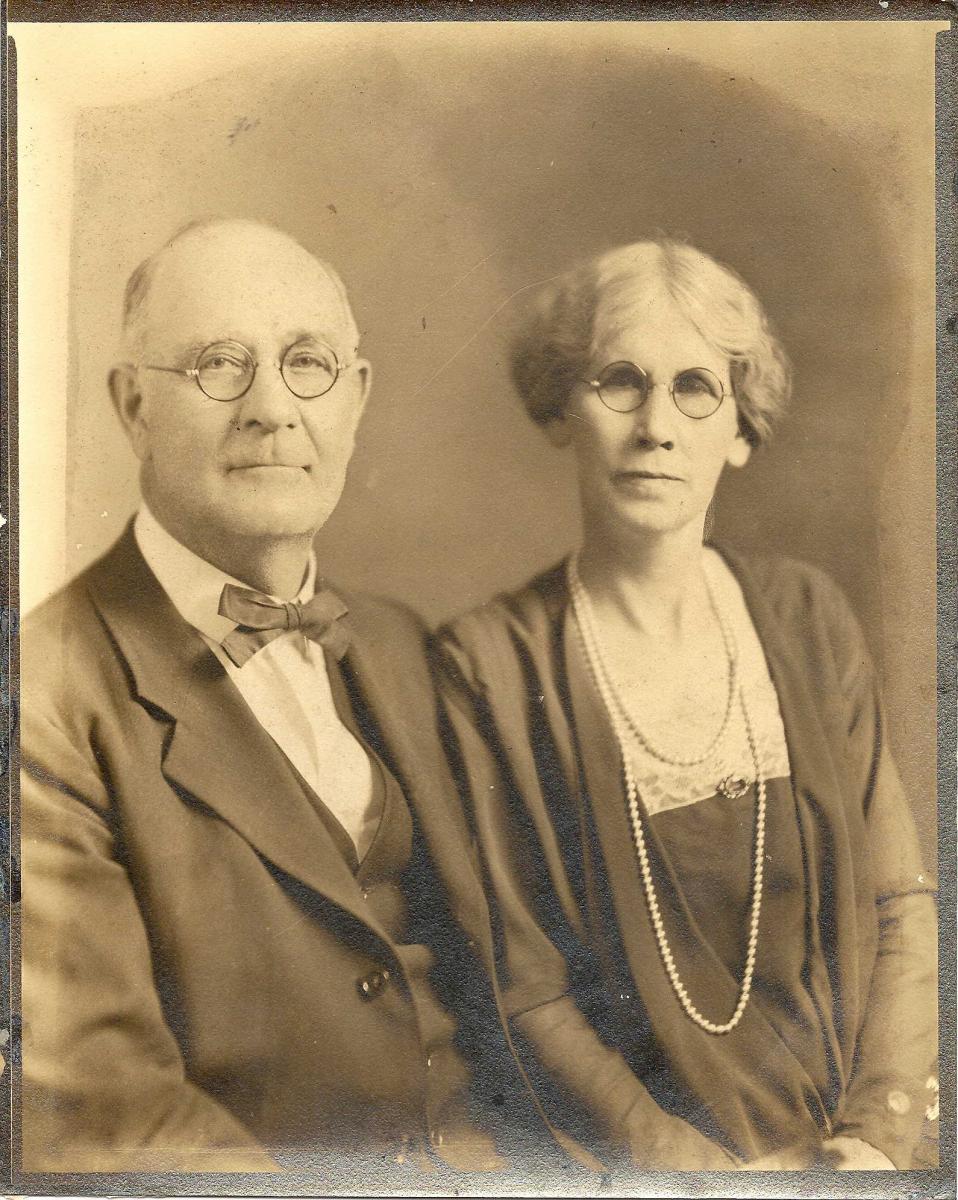
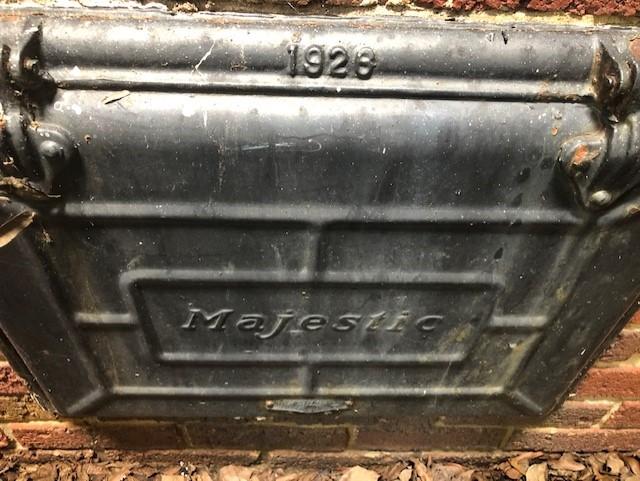
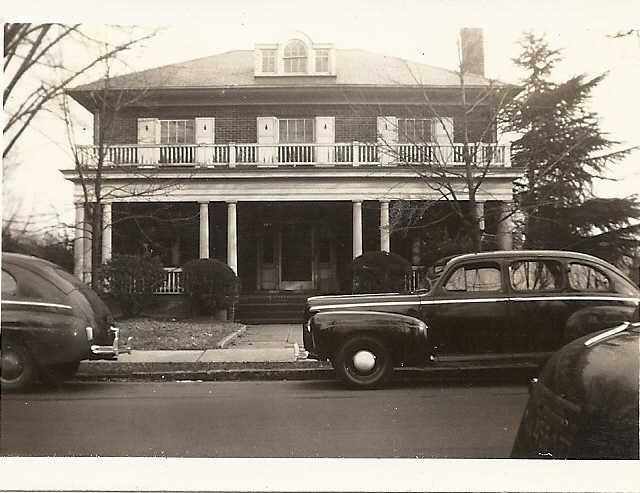
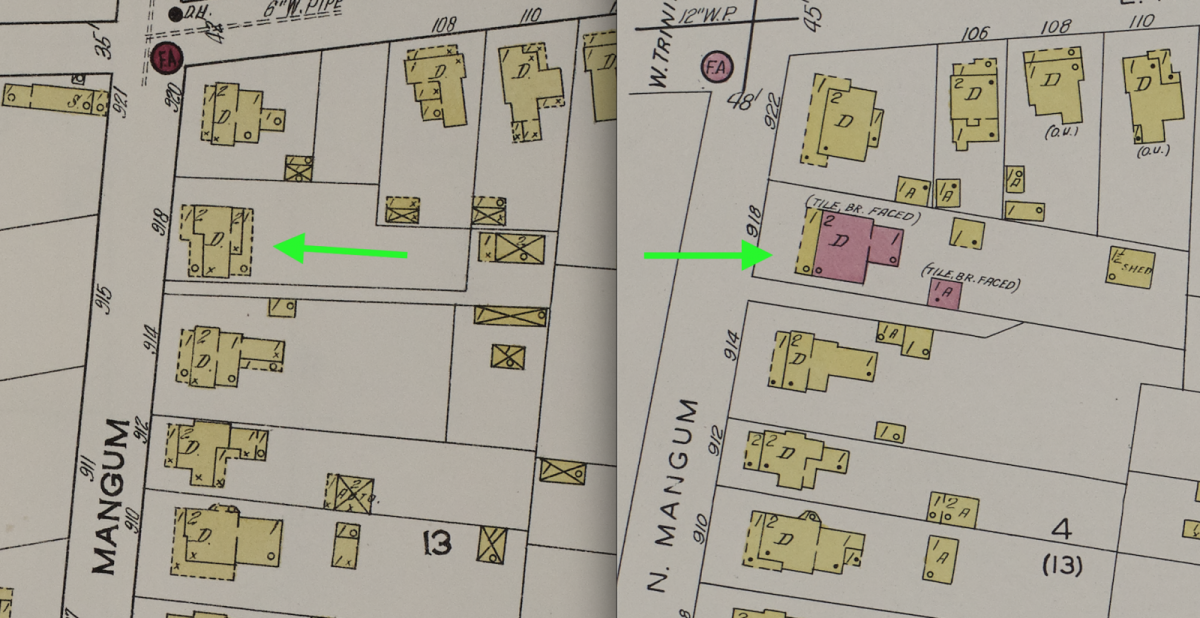

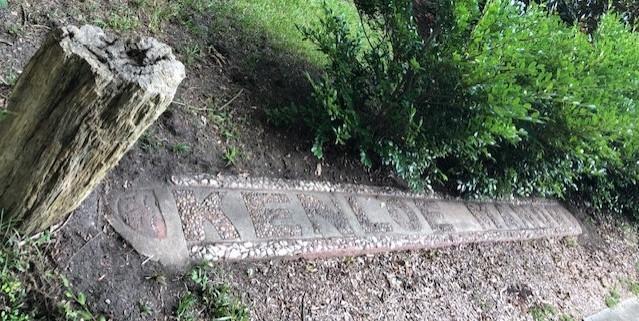
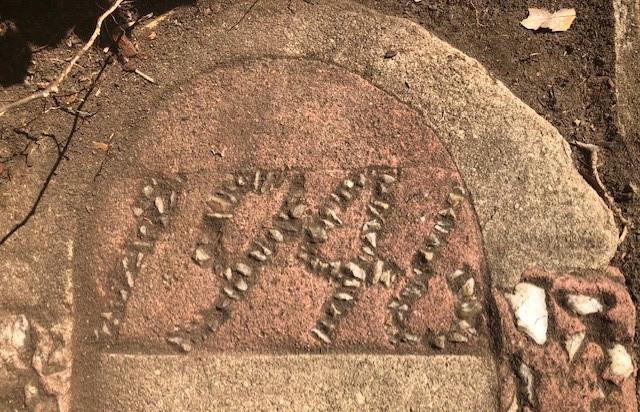
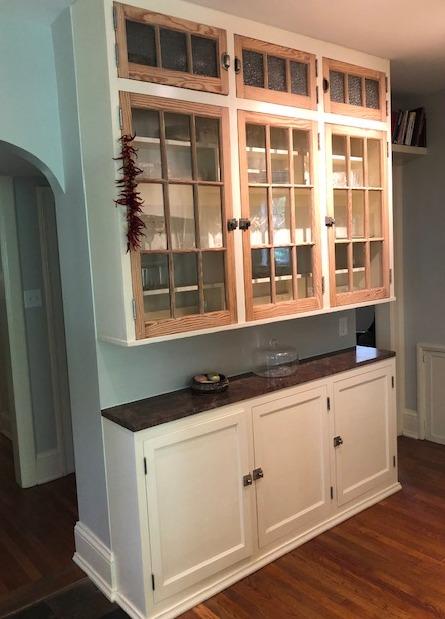
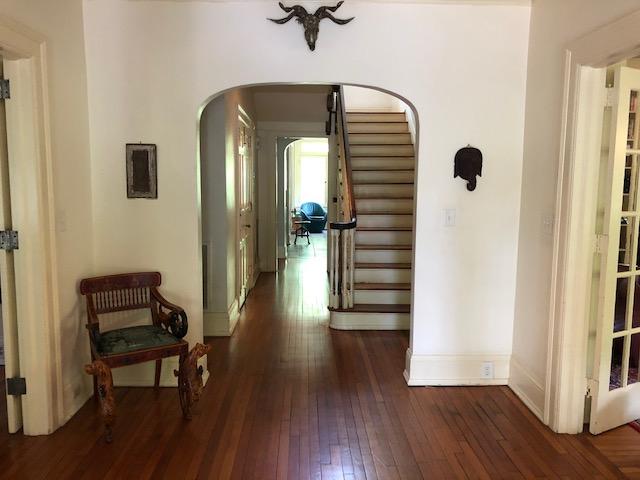
Comments
Submitted by David on Tue, 6/4/2024 - 1:41am
I spent quite a bit of time in this house as a young boy visiting both my father's aunt Ada as well as my father's father, my grandfather obviously in the 50s and 60s as my grandfather was living there with his sister during that time and I thought it was a very fine and beautiful house then and my opinion has not changed. If I'm ever in the United States again which probably won't happen I would love very much to visit it again. It brings back a lot of good memories for me.
It's a beautiful house. I'm glad to see part way through the history of the house they started to spell Hessee correctly with two Es on the end, Hessee instead of Hesse. Thank you very much for the history lesson and allowing me to share my feelings for it. I always Loved it and always will. So many great memories with aunts, uncles and cousins a very long time ago. So many Sunday afternoons visiting after church at Grace Baptist Church, practically across the street where my family had gone since it was built and before the building that is there now. My great aunts, great uncles, grandparents all went there from the beginning. Thanks again.
Add new comment
Log in or register to post comments.